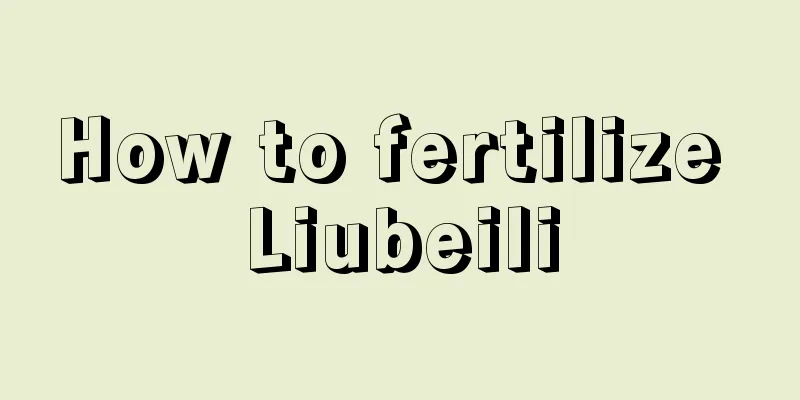How to propagate blue echinops

Seed propagation of blue echinopsThe seed propagation of blue echinops is relatively simple. The suitable temperature for seed germination is 20℃~25℃, and the germination rate is relatively high. This method can produce a large number of blue echinops plants, but this propagation method will cause the separation of offspring traits, which will reduce the ornamental quality of blue echinops to a certain extent.Blue Echinops cuttingsThe roots of blue spiny head have strong regeneration ability. A large number of adventitious buds can be obtained through cuttings of root segments. The characteristics of the offspring obtained by cuttings are relatively stable. The soil required for blue echinops cuttings can be made by mixing the substrate, river sand and peat in a ratio of 1:1:1, and then cutting the root segments into 2 to 3 cm in length. Insert the root segments into the seedling tray and cover them with plastic film to create a microclimate to maintain humidity. In the greenhouse, callus tissue will form on the upper end of the cuttings in about 10 days, which will be white, and then adventitious buds will differentiate into adventitious roots at the lower end. Reproduction in open land can be carried out in March in spring, and the cuttings can be transplanted after growing for about two months. Choose a well-drained area for planting, then water it thoroughly. Pay attention to tillage and weeding in the later stage, properly control the amount and frequency of watering, and drain the water in time after rain to avoid water accumulation.Tissue Culture of Echinops cyanobacteriaThe tissue culture propagation of blue echinops is mostly used in scientific research and large-scale production. It can achieve the rapid propagation and screening of excellent varieties of blue echinops, screen out virus-free plants, maintain the original excellent traits and stabilize inheritance; in addition, tissue culture technology can also be used to induce mutations and cultivate new varieties. However, it should be noted that tissue culture seedlings are relatively weak. If they need to be transplanted into field cultivation, they need to be hardened in the early stages to enhance their adaptability. |
<<: Cutting method of Brazilian iron
>>: Planting method and later maintenance of Viburnum
Recommend
How to plant lotus seeds
Lotus seed planting time Lotus seeds are generall...
How to save seeds of Qingming vegetables and how to collect seeds
Qingming vegetable seeds After the seeds of Qingm...
How to eat fresh Hericium erinaceus best? How to eat Hericium erinaceus to nourish the stomach
1. How to eat best 1. Buy fresh Hericium erinaceu...
These flowers grow better in water
Rosemary in water Procedure If you don’t have a s...
Can the Chinese toon tree be planted in a pot?
Can the Chinese toon tree be planted in a flower ...
Can the money tree be repotted in summer? Precautions for repotting and tips for maintenance
Can the money tree be repotted in summer? The soi...
These plants are relatively shade-tolerant and can be grown with confidence.
Dolphin Flower Dolphin flowers cannot tolerate di...
The difference between trumpet creeper and kapok
1. Different tree shapes Trumpet creeper is a cli...
The language and legend of forget-me-not
1. Legend According to legend, a knight and his l...
How to grow peonies in autumn
1. Adjust the temperature When autumn just begins...
How to propagate lily and what to pay attention to
Lily breeding method Lilies can be propagated by ...
How to prune Kalanchoe
1. Pinching and topping During the growth period ...
What to do if the leaves of Tiger Pilan turn soft in winter
1. Keep warm Reason: When growing Sansevieria in ...
Planting methods and management techniques of bitter melon
In the hot summer, bitter melon has become a favo...
Cucumber planting time and method
Cucumber generally refers to the tenderer cucumbe...









